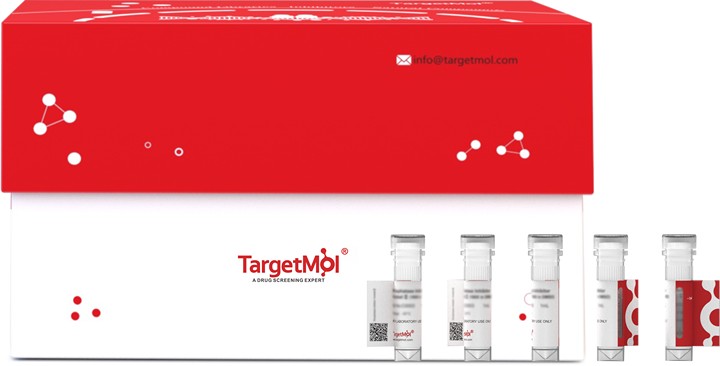
PML Protein, Mouse, Recombinant (His & Myc)
TMPH-02855
Overview
- SupplierTargetMol Chemicals
- Product NamePML Protein, Mouse, Recombinant (His & Myc)
- Delivery Days Customer16
- CertificationResearch Use Only
- Molecular Weight28.1 kDa (predicted)
- Scientific DescriptionFunctions via its association with PML-nuclear bodies (PML-NBs) in a wide range of important cellular processes, including tumor suppression, transcriptional regulation, apoptosis, senescence, DNA damage response, and viral defense mechanisms. Acts as the scaffold of PML-NBs allowing other proteins to shuttle in and out, a process which is regulated by SUMO-mediated modifications and interactions. Positively regulates p53/TP53 by acting at different levels (by promoting its acetylation and phosphorylation and by inhibiting its MDM2-dependent degradation). Regulates phosphorylation of ITPR3 and plays a role in the regulation of calcium homeostasis at the endoplasmic reticulum. Regulates RB1 phosphorylation and activity. Acts as both a negative regulator of PPARGC1A acetylation and a potent activator of PPAR signaling and fatty acid oxidation. Regulates translation of HIF1A by sequestering MTOR, and thereby plays a role in neoangiogenesis and tumor vascularization. Regulates PER2 nuclear localization and circadian function. Cytoplasmic PML is involved in the regulation of the TGF-beta signaling pathway. Required for normal development of the brain cortex during embryogenesis. Plays a role in granulopoiesis or monopoiesis of myeloid progenitor cells. May play a role regulating stem and progenitor cell fate in tissues as diverse as blood, brain and breast. Shows antiviral activity towards lymphocytic choriomeningitis virus (LCMV) and the vesicular stomatitis virus (VSV).
- Storage Instruction-20°C
- UNSPSC12352200
